Ilex opaca 'Satyr Hill'
Dave in NoVA • N. Virginia • zone 7A
7 years ago
Featured Answer
Sort by:Oldest
Comments (18)
davidrt28 (zone 7)
7 years agolast modified: 7 years agoDave in NoVA • N. Virginia • zone 7A
7 years agolast modified: 7 years agoRelated Professionals
Accokeek Landscape Architects & Landscape Designers · Ashburn Landscape Architects & Landscape Designers · Allentown Landscape Contractors · Alpharetta Landscape Contractors · Conroe Landscape Contractors · Dallas Landscape Contractors · Fort Atkinson Landscape Contractors · Lakeville Landscape Contractors · Palatine Landscape Contractors · Silver Firs Landscape Contractors · Riverside Siding & Exteriors · Boise Decks, Patios & Outdoor Enclosures · Methuen Decks, Patios & Outdoor Enclosures · Olathe Decks, Patios & Outdoor Enclosures · Verde Village Decks, Patios & Outdoor Enclosuresdavidrt28 (zone 7)
7 years agolast modified: 7 years agonandina
7 years agodavidrt28 (zone 7)
7 years agolast modified: 7 years agoNHBabs z4b-5a NH
7 years agolast modified: 7 years agogardener365
7 years agoDave in NoVA • N. Virginia • zone 7A
7 years agolast modified: 7 years agosam_md
7 years agoDave in NoVA • N. Virginia • zone 7A
7 years agosam_md
7 years agosam_md
7 years agoDave in NoVA • N. Virginia • zone 7A
7 years agosam_md
6 years agodavidrt28 (zone 7)
6 years agolast modified: 6 years agospruceman
6 years agodavidrt28 (zone 7)
6 years agolast modified: 6 years ago
Related Stories

GARDENING GUIDES8 Deer-Resistant Elegant Evergreen Shrubs to Plant This Fall
Who knew that such beautiful shrubs could be deer-resistant?
Full Story






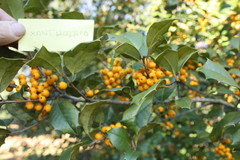

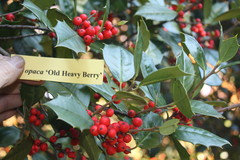
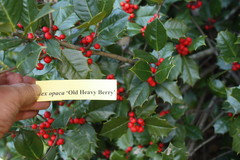

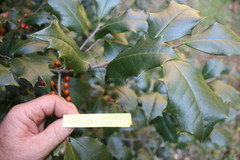
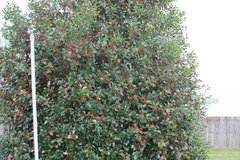
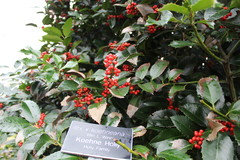
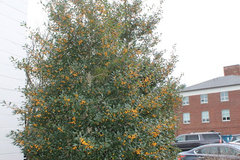




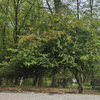
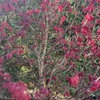
nandina